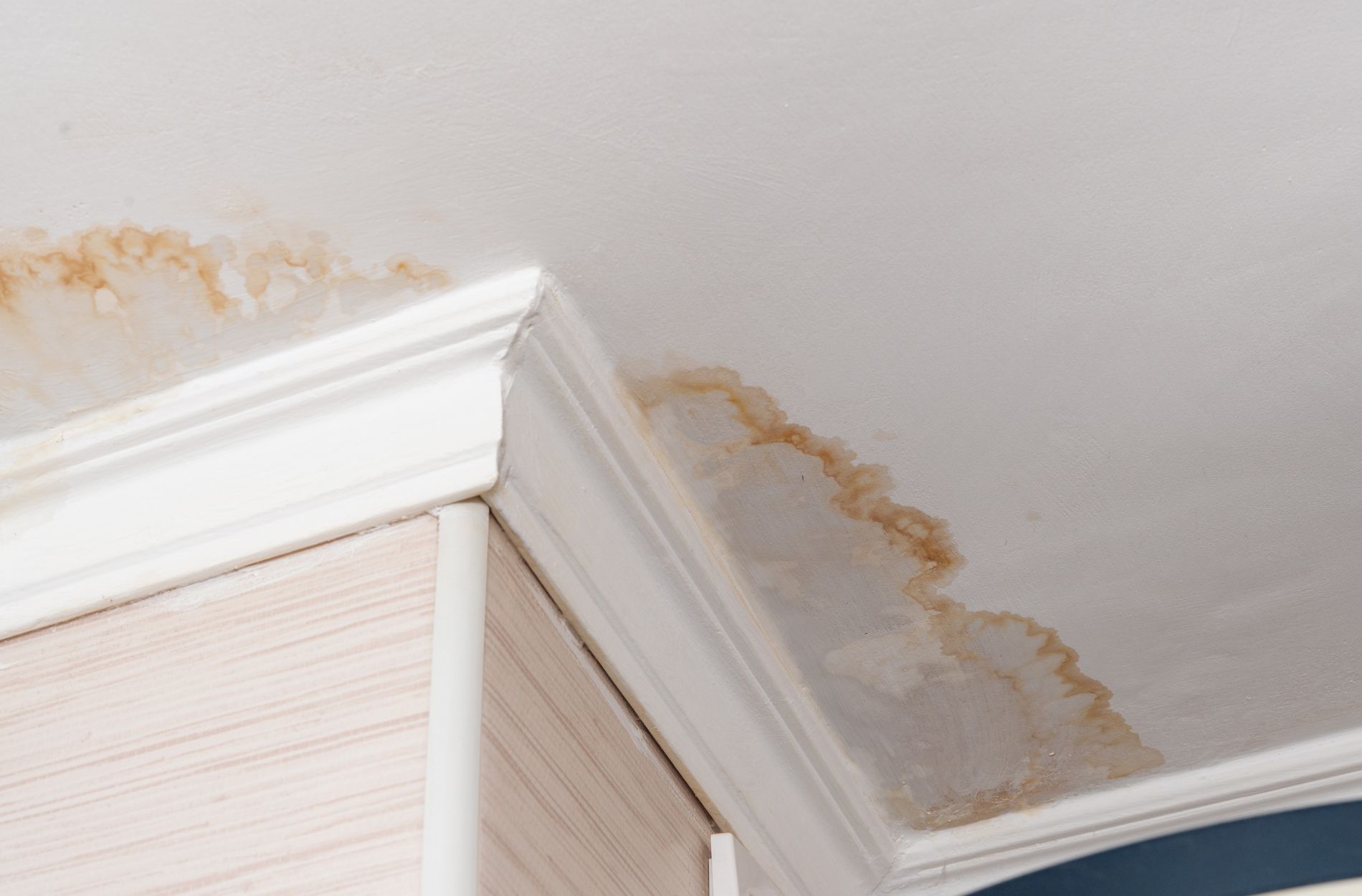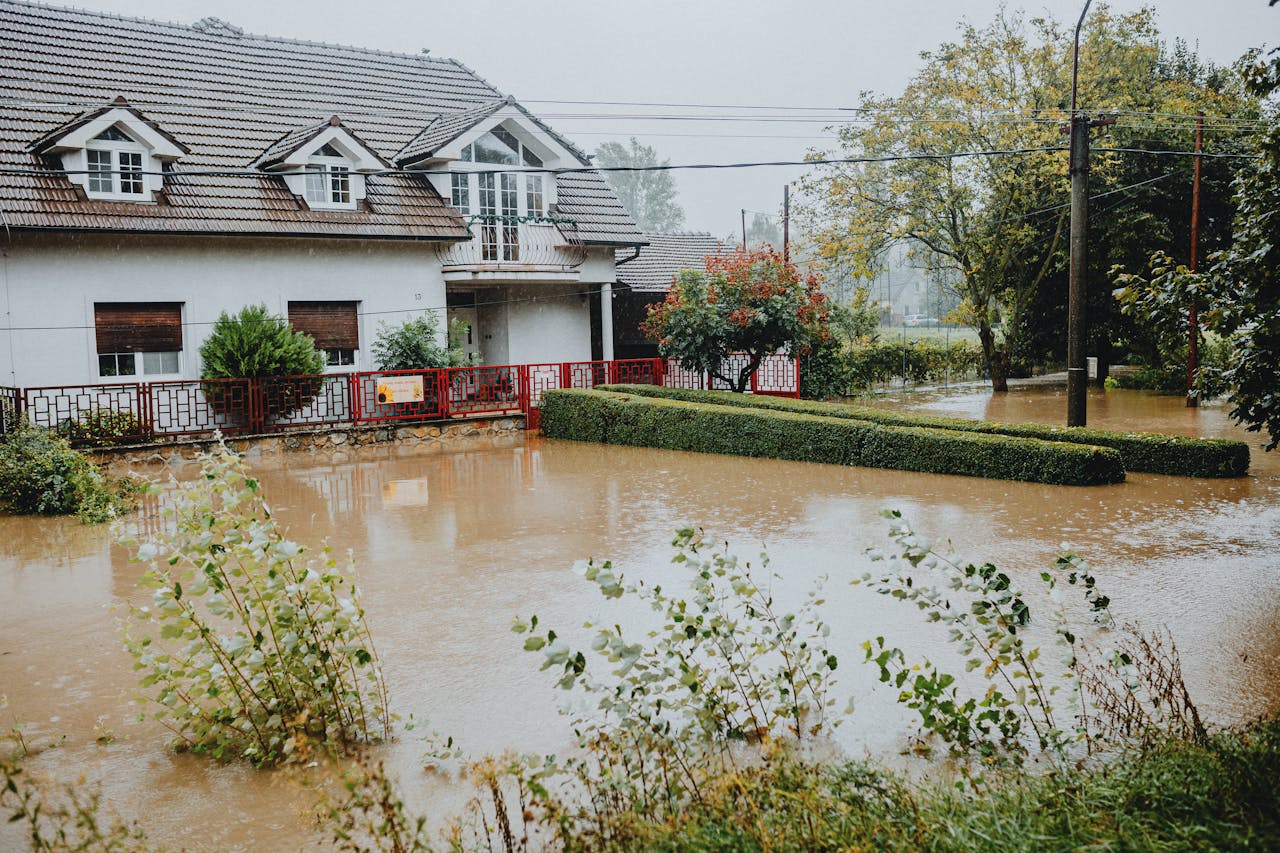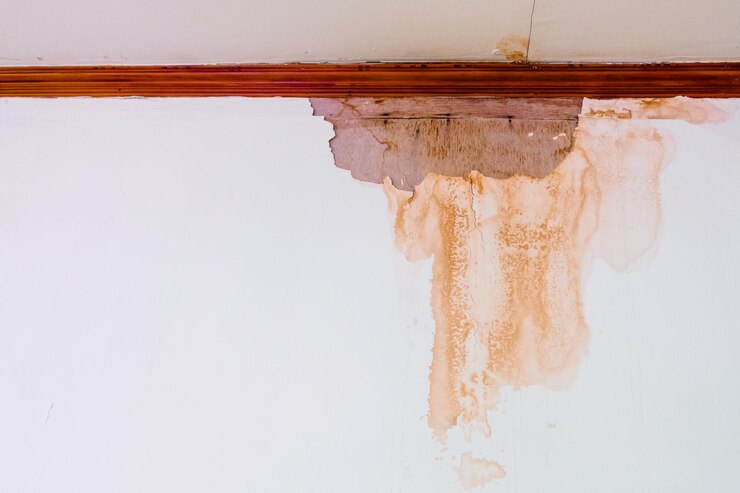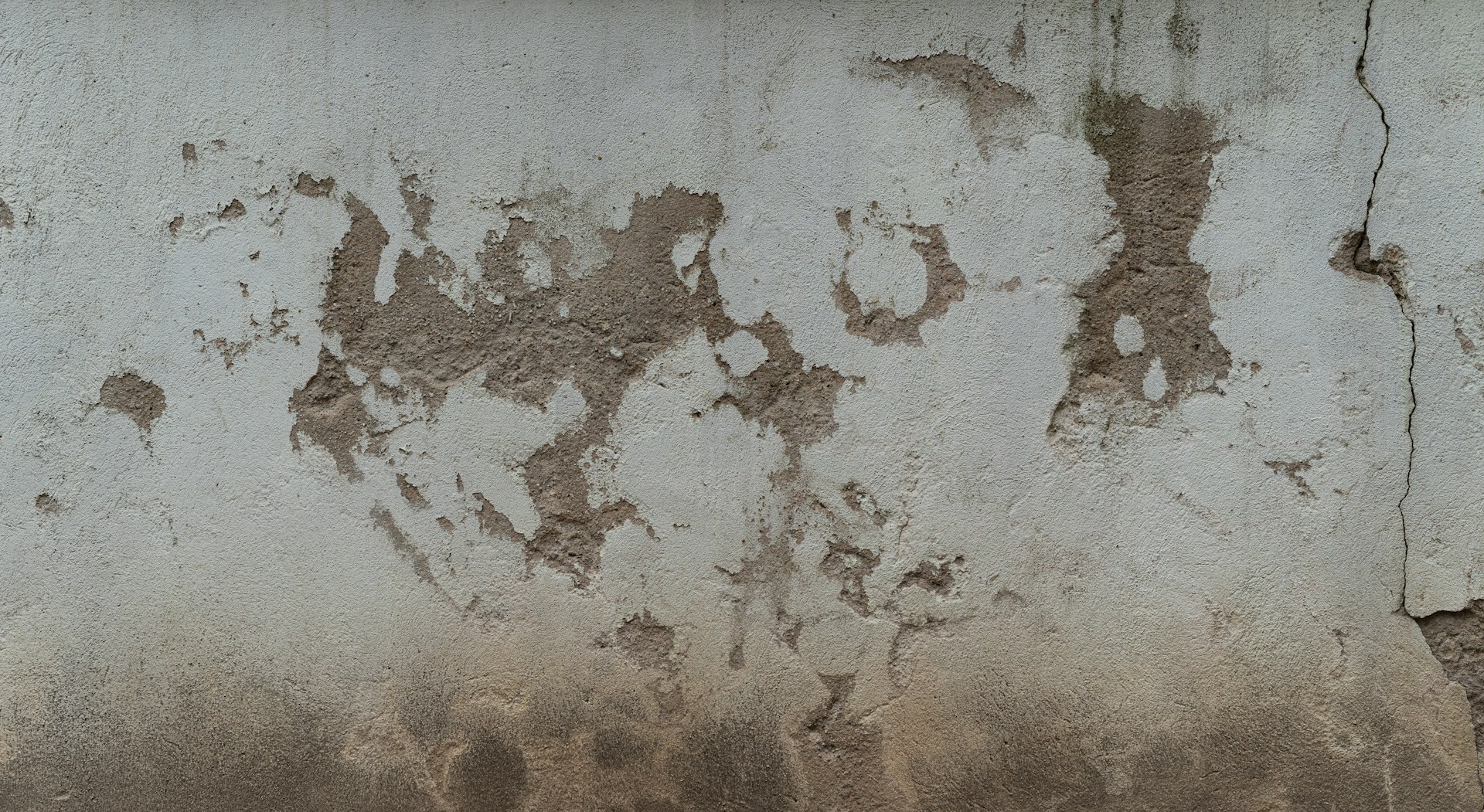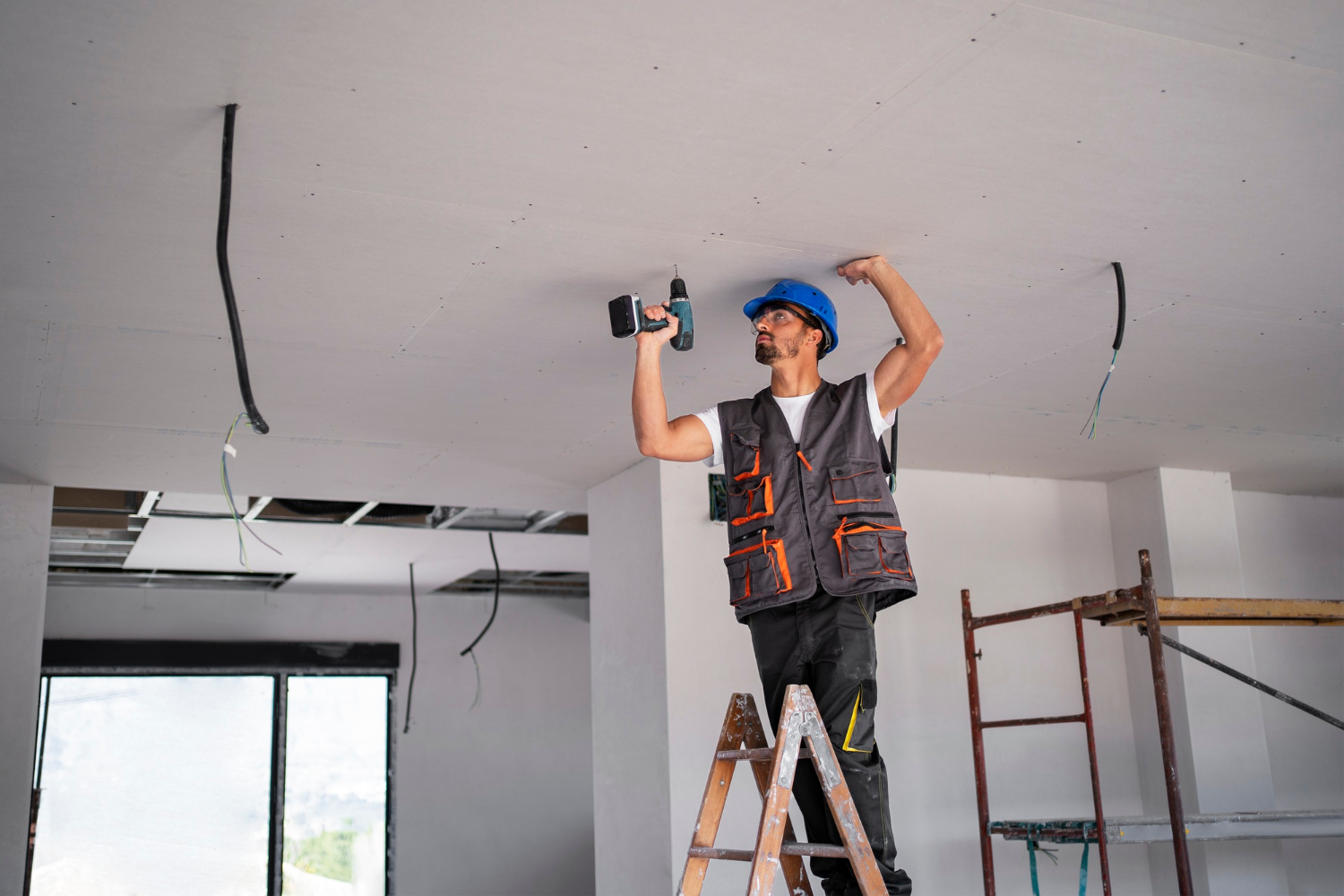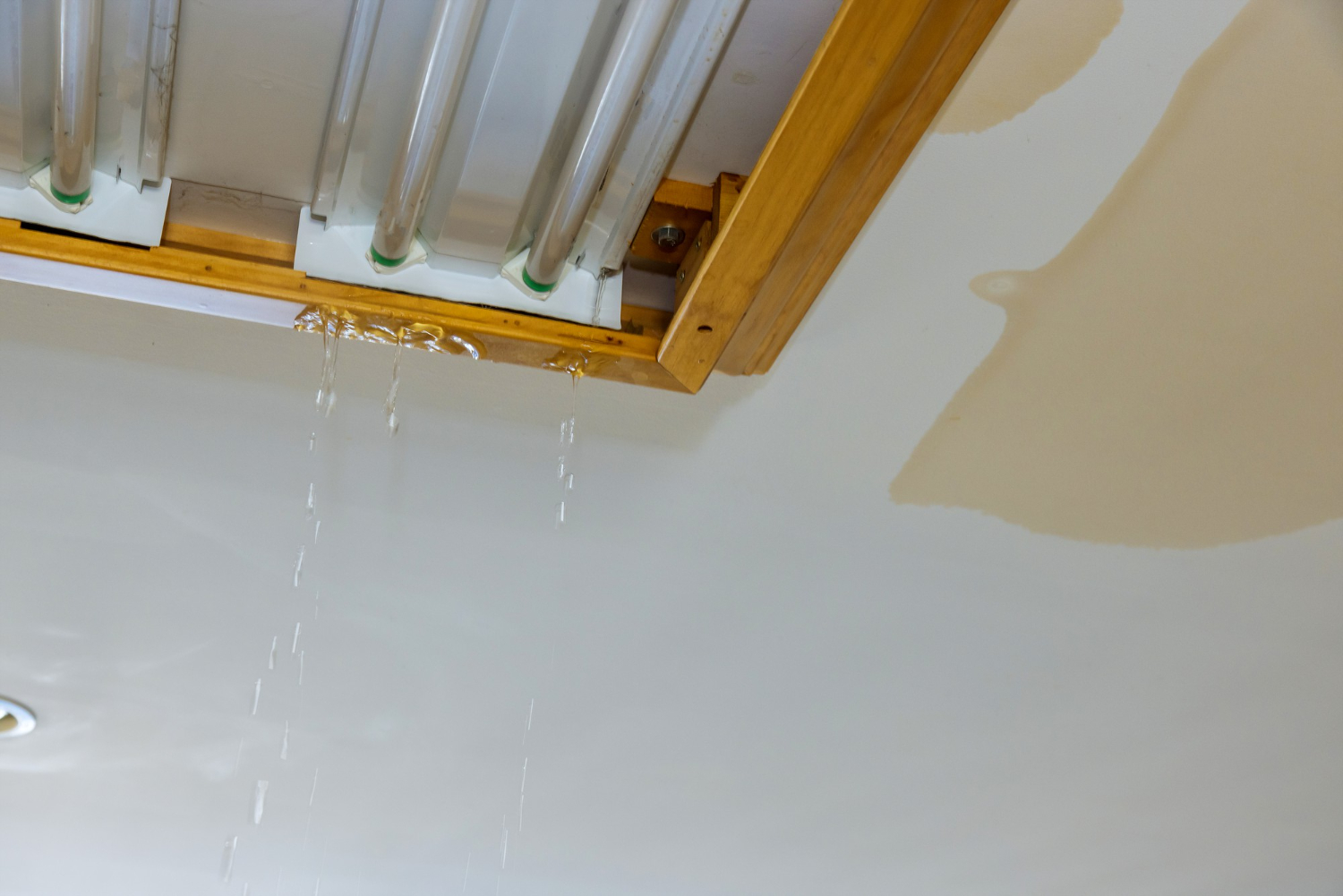Owning a home is a significant investment, and protecting it from the ravages of water damage should be a top priority. Water intrusion can wreak havoc on your property, leading to costly repairs, structural issues, and even health hazards. Whether it’s a leaky roof, faulty plumbing, or weather-related flooding, the consequences of water damage can be far-reaching and disruptive.
With that in mind, we’ll explore the common causes of water damage, delve into effective preventive measures, and uncover expert-recommended solutions to safeguard your home. From regular roof and gutter maintenance to innovative water management techniques, you’ll discover a wealth of practical strategies to keep your home dry, secure, and protected against the elements.
Preparing your home to withstand the challenges of weather, plumbing failures, and other water-related threats is crucial for preserving your investment and ensuring the long-term well-being of your family. By understanding the underlying causes of water damage and implementing proactive measures, you can take control of your home’s resilience and enjoy peace of mind knowing that your most valuable asset is well-protected.
Understanding the Causes of Water Damage
1. Common Sources of Water Intrusion
Water can enter your home through various ways, each posing different risks and requiring different solutions. One common source is roof leaks, often caused by damaged or missing shingles. Rainwater can seep through the roof and into your attic or walls, leading to significant damage if not addressed promptly.
Another frequent source is faulty windows and doors. Improperly sealed or old windows and doors can allow water to creep in during heavy rains or storms, causing interior damage and mold growth. Additionally, cracks in your home’s foundation can let in groundwater, especially during periods of heavy rain or snowmelt.
2. Weather-Related Factors
Weather conditions are a major cause of water damage. Heavy rainfall, particularly during a storm, can overwhelm your home’s drainage system, leading to leaks and flooding. High winds can exacerbate the situation by damaging your roof or windows, allowing more water to infiltrate your home.
Snow and ice are also problematic. Melting snow can create streams of water that your foundation may struggle to repel. Ice dams, which form on the edges of roofs, can cause water to back up and leak into your home. Understanding how weather can affect your home helps you prepare better and take preventive measures.
3. Plumbing Issues and Failures
Plumbing problems are another significant source of water damage. Burst pipes, leaky faucets, and broken water heaters can all contribute to water intrusion. Even a slow drip can become a major issue over time. Toilets and sinks are common culprits, particularly if they overflow or fail unexpectedly.
Hidden plumbing issues within walls or under floors can cause damage that might not be immediately visible. Regular inspection and maintenance of your plumbing system are essential to catch these issues early and prevent extensive damage.
Preventive Measures to Avoid Water Damage
1. Regular Roof and Gutter Maintenance
Maintaining your roof and gutters is a crucial preventive measure against water damage. Start by inspecting your roof regularly for signs of wear and tear, such as missing or damaged shingles. Repair any issues as soon as possible to prevent leaks.
Cleaning your gutters is equally important. Clogged gutters can cause water to overflow and pool around your home’s foundation, leading to leaks and structural damage. Ensure downspouts direct water away from your house to prevent pooling and flooding.
2. Proper Sealing and Caulking
Proper sealing and caulking around windows, doors, and other openings can significantly reduce the risk of water intrusion. Check these areas for cracks or gaps where water might enter. Apply sealant or caulk as needed to create a watertight barrier.
This is especially crucial for older homes where the existing seals may have deteriorated. Weatherstripping around doors can also help keep water out while improving energy efficiency. Regularly inspect these seals and replace them when necessary to maintain their effectiveness.
3. Installing Water Detection Devices
Investing in water detection devices is a smart way to catch leaks before they become major problems. These devices can be placed near high-risk areas like under sinks, around appliances, or in basements. They alert you immediately if they detect moisture, allowing you to address the issue quickly and prevent extensive damage.
Some advanced systems can even shut off the water supply to prevent further damage. Incorporating water detection devices into your home’s security system adds an extra layer of protection against unexpected water intrusion.
Effective Water Management Solutions
1. Landscaping and Grading Techniques
Proper landscaping and grading around your home play a crucial role in managing water. By ensuring that your yard slopes away from your home, you can help direct water flow away from the foundation. Installing gravel beds or French drains can further enhance drainage and prevent water from pooling around your home.
Another effective technique is using rain gardens, which are designed to capture and absorb rainfall, reducing runoff and minimizing the risk of water damage. Be mindful of plant selection, opting for vegetation that thrives in wet conditions and helps absorb excess water.
2. Installing and Maintaining Sump Pumps
Sump pumps are essential for homes prone to basement flooding or located in areas with high water tables. These devices help keep water out of your basement by pumping it away from your home. Regular maintenance of your sump pump ensures it operates effectively when needed.
Test the pump periodically by pouring water into the sump pit and checking if it activates and drains the water properly. Consider installing a battery backup system to ensure your sump pump works during power outages, providing continuous protection against water intrusion.
3. Ensuring Proper Drainage Systems
A well-designed drainage system is vital for preventing water damage. This includes both surface and subsurface drainage solutions. Properly installed gutters and downspouts help direct rainwater away from your home, while underground drainage systems can effectively manage groundwater.
Regularly clean and inspect these systems to ensure they are free of obstructions and function efficiently. Consider adding downspout extenders to carry water further away from your home’s foundation, reducing the risk of leaks and structural damage.
Regular Inspection and Maintenance
1. Routine Home Inspections
Conducting routine home inspections is a proactive way to detect and address potential water damage issues early. Regularly check your roof, gutters, plumbing, and foundation for signs of wear and tear or leaks. Look for water stains, mold growth, or musty odors, which can indicate hidden water problems.
By staying vigilant and addressing minor issues promptly, you can prevent them from becoming major, costly repairs. Create a checklist to ensure you don’t overlook any areas during your inspections.
2. Professional Maintenance Services
Hiring professional maintenance services can provide an extra layer of protection for your home. Professionals have the expertise and equipment to thoroughly inspect and maintain critical areas like your roof, plumbing, and drainage systems.
They can identify issues that may not be obvious to the untrained eye and recommend appropriate solutions. Scheduling regular professional inspections and maintenance can give you peace of mind knowing your home is well-protected against water damage.
3. Seasonal Preparations and Checks
Seasonal changes bring different challenges, so preparing your home accordingly is essential. In the fall, clean gutters and downspouts to prevent clogs from fallen leaves. In the winter, ensure your home is insulated to prevent pipe bursts and check that your roof is in good condition to handle snow and ice.
In the spring, inspect your drainage systems to ensure they are ready for heavy rainfall, and address any issues found during winter. Summer preparations might include checking for leaks and ensuring your air conditioning system is functioning efficiently. Regularly updating your seasonal checklist helps keep your home in top shape all year round.
Protect Your Home: Water Damage Prevention
Protecting your home from future water damage requires a proactive and comprehensive approach. By understanding the common causes of water damage and implementing preventive measures, you can significantly reduce the risk of costly repairs and health issues. Regular inspections, proper maintenance, and effective water management solutions are essential steps in keeping your home safe and dry. Don’t wait for a problem to arise; take action now to ensure your home remains a secure and comfortable haven for you and your family.
If you need assistance with water damage restoration or preventive measures in California, All Around Home Solutions is here to help. We offer professional services to ensure your home is protected from future water damage. Contact us today to learn more about how we can assist you in maintaining a safe and well-protected home!


